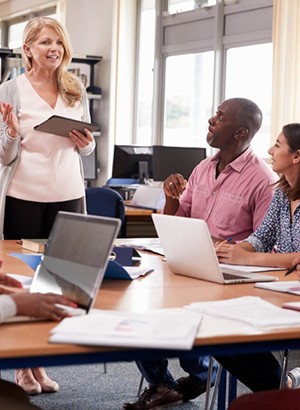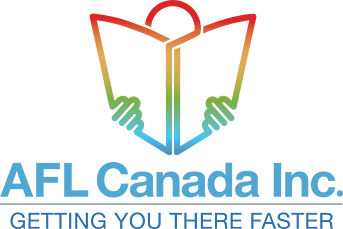Total Physical Response (TPR)
TPR is based on the theory that memory is enhanced through association with physical movement. It relies foremost, on listening and repeating. Physical movements are designed to reinforce comprehension. With TPR, students learn by doing and it is a powerful linguistic tool that means instant success for our clients. Our teachers use this to introduce beginners to new vocabulary and grammatical features. In our supportive classroom environments, such activities are both fun and motivating. With limited repetition, basic instructions such as these are understood by the learners even if they were unable to reproduce them accurately themselves. This way, the student improves their knowledge and skill of the target language through storytelling, dialogues, games, and pattern drills.


Simultaneous Multisensory Teaching (SMT)
SMT is a necessary approach that has been proven to work with people learning a new language. AFL is accredited and, to our knowledge, the only school to use this method that produces extraordinary results. It is a language re-education method developed to meet the needs of clients of all ages. It helps them acquire a more thorough knowledge of the structure of written language, and a solid understanding of the association of sounds and symbols, before learning to apply the concepts and rules. The objective is to teach reading, writing, and spelling. An emphasis is placed on reading accuracy in the early stages, followed by a thorough comprehension of the written language and its structures. This develops the client’s self-confidence and allows them to progress at their own pace.
Forum, Opinion, and Debate (FOD)
AFL prepares clients for the oral interaction exam through the Forum of Opinions and Debate (FOD) method. This series of learning activities give students an interactive environment where they can put their skills to use. They improve their confidence and receive feedback from language experts regarding their overall abilities. Training in this area aims at developing knowledge and understanding of the candidates’ professional environment in order to improve their ability to converse in their second language with people outside their domain of expertise. Various learning activities employed in this training area require students to interact in thematic discussions with their instructor. The overall goals of this approach are to increase understanding of vocabulary, improve pronunciation, and build confidence.



